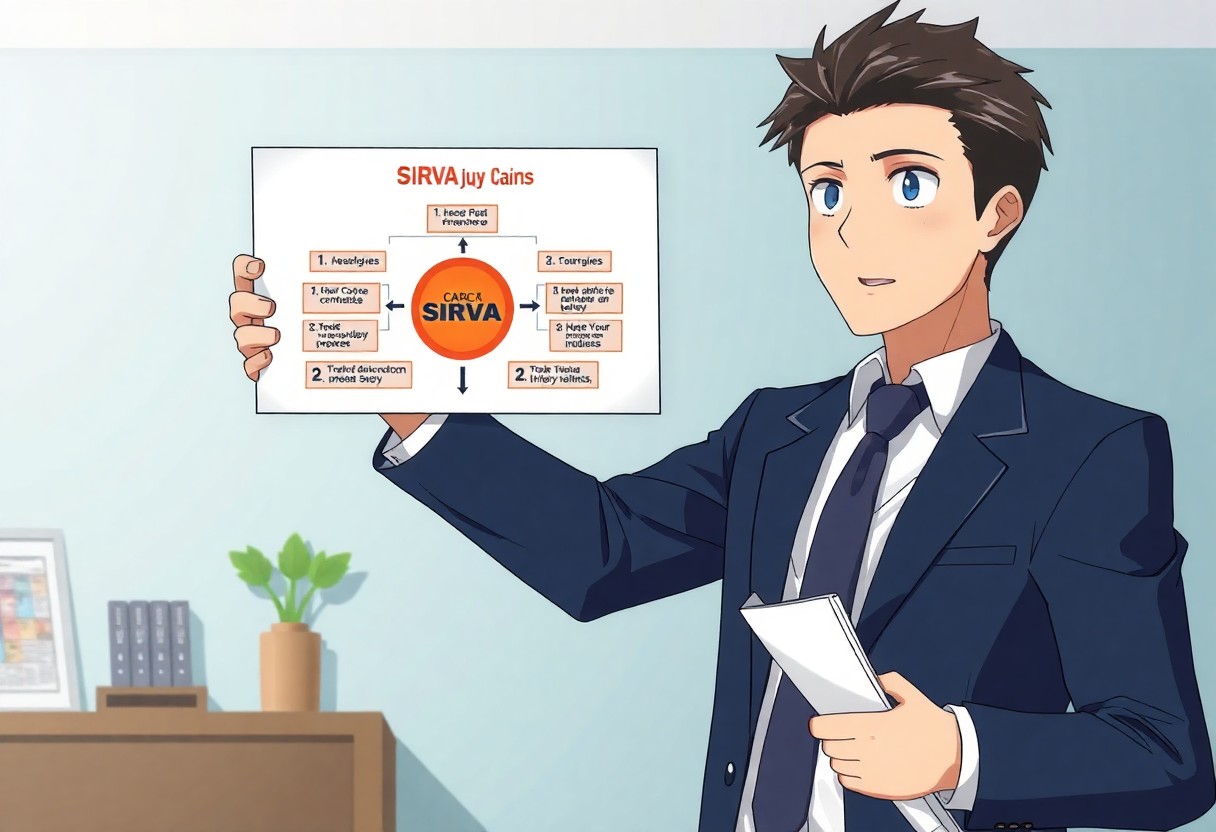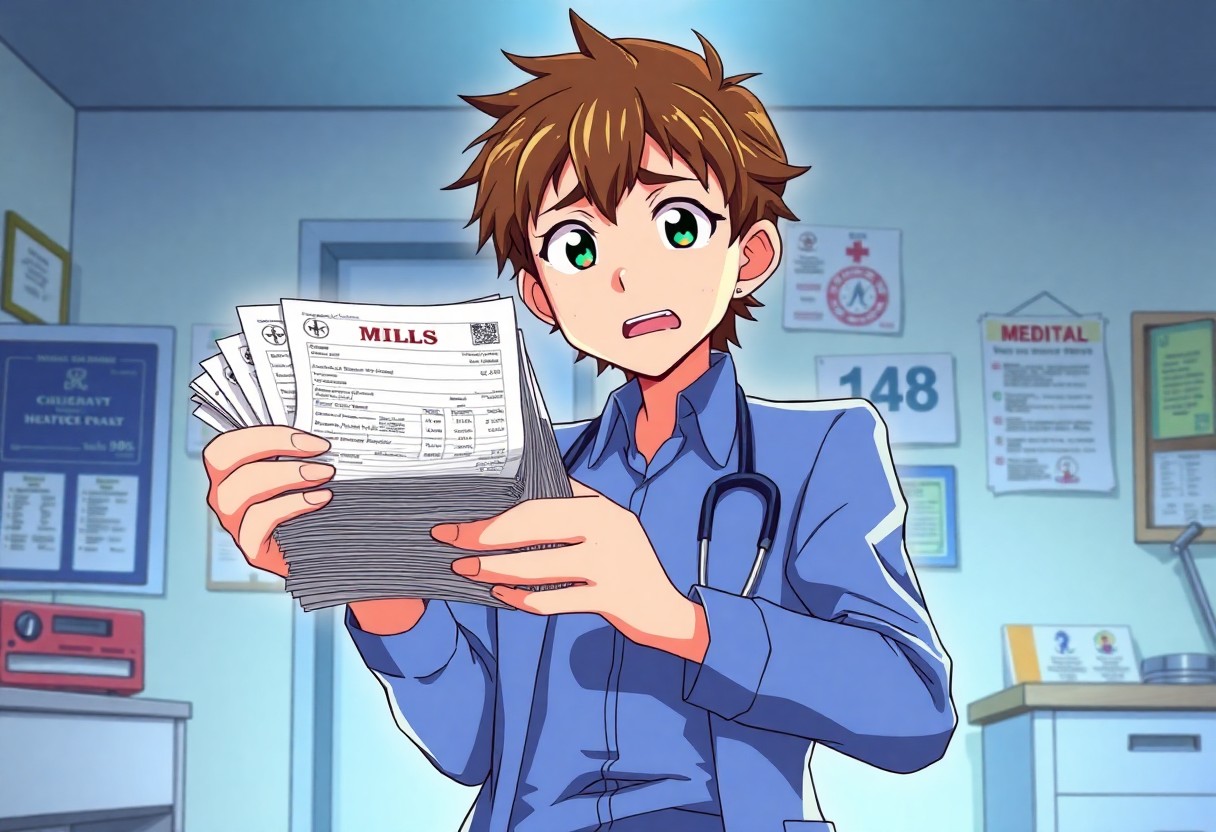Injury claims resulting from Shoulder Injury Related to Vaccine Administration (SIRVA) require careful documentation to build a strong case. You need to understand the crucial steps involved in collecting and organizing evidence that supports your claim. From medical records to accident reports, each piece of documentation plays a vital role in conveying the impact of your injury. In this blog post, you will discover the key actions to take that will improve your chances of successfully navigating a SIRVA injury lawsuit.
Understanding SIRVA Injuries
Before pursuing a SIRVA injury lawsuit, it’s necessary to comprehend what SIRVA entails. SIRVA, or Shoulder Injury Related to Vaccine Administration, occurs when a shoulder injury results from improper vaccine administration. The impact of these injuries can significantly affect your daily life, making it vital to grasp the nuances of these conditions.
Definition of SIRVA
For your understanding, SIRVA is a shoulder injury that develops due to the administration of a vaccine, usually in the deltoid muscle. This injury can manifest as pain and limited mobility in the shoulder, stemming from factors like incorrect injection techniques or anatomical variations in the shoulder structure.
Common Symptoms and Impacts
With SIRVA, you may experience a range of symptoms that hinder your ability to perform everyday tasks. Common signs include persistent shoulder pain, swelling, limited range of motion, and even muscle weakness. This pain may escalate over time, leading to significant discomfort and challenges in both personal and professional aspects of your life.
Further delving into common symptoms and impacts, these issues can profoundly disrupt your routine. The pain associated with SIRVA may limit your participation in physical activities, hinder your ability to work, and affect your overall quality of life. Moreover, the psychological toll of living with constant pain can also accompany these physical symptoms, potentially leading to increased stress and anxiety levels. Identifying and documenting these symptoms accurately is necessary for ensuring that you have the basis for a strong case in a potential lawsuit.
Importance of Documentation
The success of your SIRVA injury lawsuit largely hinges on accurate and thorough documentation. By meticulously recording every detail related to your injury and treatment, you create a strong foundation for your case. This documentation not only substantiates your claims but also ensures that all relevant information is readily available, which can significantly impact the outcome of your lawsuit.
Legal Implications
About your documentation, it serves as vital evidence in the legal proceedings surrounding your SIRVA injury lawsuit. Courts require clear, organized information to assess liability and damages accurately. Inadequate documentation may weaken your position, as your claims could be challenged or dismissed due to lack of proof. Precise records can strengthen your legal standing.
Strengthening Your Case
The act of documenting your injury and treatment not only aids in legal matters but also enhances your overall case presentation. When you have comprehensive records detailing your experiences, it provides a narrative that connects your injury to its real-life impact.
But taking the time to compile detailed notes, medical records, and correspondence shows your commitment and seriousness. This comprehensive approach helps your legal team present a compelling case to the court, ultimately guiding them in negotiating fair compensation that reflects your true level of suffering and loss. Strong documentation can make all the difference in the perception of your case.
Gathering Medical Evidence
If you want to strengthen your SIRVA injury lawsuit, gathering medical evidence is vital. Documentation from healthcare providers regarding your diagnosis and treatment will support your claims and establish a clear link between your injury and vaccination. Collecting all relevant medical records will help paint a comprehensive picture of your injury’s progression and the impact on your daily life.
Medical Records and Histories
Along with assembling your medical records, obtaining detailed medical histories from all treating physicians can demonstrate the continuity of care you received and underscore the seriousness of your condition. Ensure you keep track of all appointments, treatments, and the medications prescribed.
Expert Testimonies
Evidence from expert testimonies can significantly enhance your case by providing professional insights that support your claims. An expert can interpret medical evidence and testify regarding the mechanisms of SIRVA, validating how it affects patients.
To further substantiate your claims, including testimonies from medical professionals who specialize in SIRVA or related injuries can be powerful. These experts can provide valuable opinions on the cause and effect of your injury, explaining how the vaccination may have contributed to your condition. Their insights can clarify complex medical issues for the court, reinforcing the validity of your case.
Documenting Employment Impact
To effectively demonstrate the impact of your SIRVA injury on your employment, it is imperative to gather evidence that showcases changes in your work situation. Collect documentation that outlines any modifications to your job responsibilities, attendance records, and performance reviews. This information will help you portray the full extent of how your injury has affected your professional life.
Requesting Leave and Modifications
Alongside your documented injuries, you should also maintain records related to any requests for leave or modifications to your work duties. This includes any formal communications with your employer regarding your need for time off or adjustments in your tasks as a result of your injury. These documents can serve as proof of how your condition limits your ability to perform your job effectively.
Financial Loss Documentation
Across your employment documentation, it is equally important to note any financial losses incurred due to your SIRVA injury. This includes lost wages, potential bonuses, and any other monetary benefits you may have missed out on. Accurate and thorough documentation of these losses will greatly support your case and highlight the economic impact of your injury.
Further, it is beneficial to keep track of any expenses directly related to your injury, such as medical bills and rehabilitation costs. You may also consider including receipts or invoices for treatments and therapy sessions. By compiling a comprehensive financial record, you not only reinforce your claim but also provide a clear picture of the full financial burden you are experiencing due to your SIRVA injury.
Collecting Witness Statements
Now that you understand the importance of witness statements in your SIRVA injury lawsuit, it’s time to gather relevant testimonies. These statements can significantly strengthen your case by providing additional perspectives on your injury and its impact on your life. Engage with individuals who directly observed the events surrounding your injury or can speak to your condition and limitations thereafter.
Identifying Key Witnesses
Collecting witness statements begins with identifying key witnesses who can offer valuable insights. Make a list of people who were present during your injury or who have knowledge about your medical condition. Include friends, family members, coworkers, or any medical professionals who can add weight to your case. The more reliable and relevant witnesses you can find, the stronger your position becomes.
Properly Documenting Testimonies
For effective use of witness statements, properly documenting testimonies is necessary. Ensure that you record each witness’s account accurately, noting the date, time, and context of their observation. Be sure to obtain their consent to use their statements and clarify how this information may be used in your case.
At this stage, it’s vital to approach the documentation process with care. Use a consistent format for recording testimonies, whether written or by audio/video means. Make notes of specific details, emotions, and any relevant facts that lend credibility to the witness’s statements. Storing these by categorizing them based on the relevance will keep your information organized, aiding you in case preparations and presentations later on.
Organizing Your Evidence
All aspects of your SIRVA injury case should be systematically organized to enhance the clarity of your documentation. By establishing a well-structured format for your evidence, you allow your legal team to grasp the facts quickly and build a solid argument. Focus on creating clear categorizations, including medical records, witness statements, and any correspondence related to your injury, ensuring that everything is easily accessible and comprehensible.
Creating a Case File
With a dedicated case file, you can centralize all pertinent documents which simplifies your legal process. This file should include copies of medical assessments, diagnostic images, correspondence from healthcare providers, and relevant legal documents. Organizing this information in one location will make it easier for you and your attorney to access vital evidence throughout your case.
Timelines and Chronologies
One effective way to demonstrate your case is through timelines and chronologies detailing the sequence of events related to your SIRVA injury. By mapping out critical moments from the onset of your symptoms to present circumstances, you provide a quick reference for your legal team and highlight the relationship between your injury and its impact on your life.
Timelines offer a visual representation of the progression of your SIRVA injury, showcasing key dates such as medical appointments, treatment milestones, and any significant interactions with employers or insurance companies. Establishing this clear chronology can help illustrate the impact of your injury over time, making it an important part of your documentation process. By effectively using timelines, you strengthen your case by providing context and allowing a narrative to unfold that supports your claims.
Summing up
As a reminder, documenting your case in SIRVA injury lawsuits involves meticulous attention to detail. Ensure you gather all medical records, maintain detailed notes of your symptoms, and keep a log of how your injury affects your daily life. Collect witness statements and any relevant communications that may support your claims. This thorough documentation not only strengthens your case but also helps you effectively communicate the impact of your injury. By following these crucial steps, you will be better positioned to seek the compensation you deserve.


















